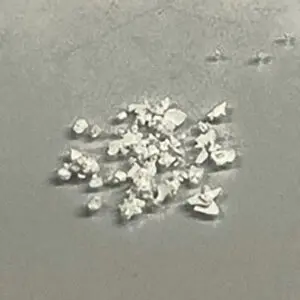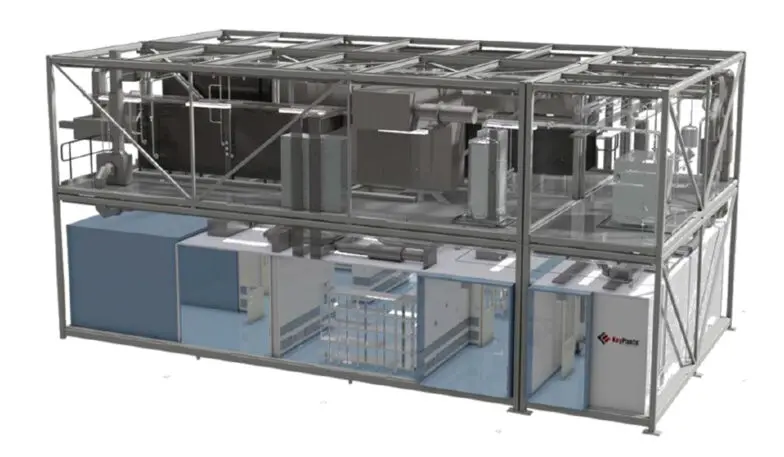When Pfizer’s new COVID-19 vaccine is approved for use—which might happen as soon as December—it’s not going to show up at your local pharmacy. That’s partly because it needs to stay incredibly cold to work: It must be stored at minus 94 degrees Fahrenheit, far colder than is possible in an ordinary freezer. In the developing world, even vaccines that can be stored in refrigerators present a huge logistical challenge. A Swedish startup is working on an alternative: technology that can convert any vaccine to a powdered version that can survive without refrigeration.

The resulting powdered vaccine can survive at ambient temperatures for more than a month. While some freeze-dried versions of vaccines exist—and Pfizer itself is working on a powdered version of its COVID-19 vaccine that can be kept in more conventional cold storage—Ziccum’s approach goes a step further, requiring no refrigeration at all.
Ziccum’s process also makes vaccines less expensive to produce. In an analysis of its new factory’s operating costs, the company says that it will use 80% less energy than freeze-drying, a process that takes days. Small factories could potentially be built within developing countries where cold storage of vaccines on a large scale isn’t practical. As many as half of the vaccines that are produced today are wasted, largely because of problems with temperature control.

Part of the challenge is that the right incentives aren’t in place. “The countries most in need don’t have control of how vaccines are being manufactured,” he says. “And the manufacturers are not in charge of the cold chain. That’s not their responsibility. Essentially what they say is, ‘Okay, you want to buy a vaccine from us? Come pick it up on our docks, and you’re responsible for it.’ The worst thing that could happen to vaccine manufacturers, if vaccines are [stored] outside specifications, is that UNICEF has to buy more vaccines.”
The startup is at the early stages, without its first factory yet in place. Vaccine factories can take as long as eight years to build, though Ziccum believes modular factories could be completed in two years. In one factory, which Conradson says can fit in a parking lot, the company can create 300 million powdered doses of a vaccine. That could potentially happen for the next wave of COVID-19 vaccines, and the company is also in talks with manufacturers of other critical vaccines for the developing world, such as the one for measles. (Measles deaths are growing, despite the fact that it is a preventable disease, and are expected to get worse because of the disruption to vaccination programs due to the pandemic.)
Each powdered version of a vaccine will also need bridging studies that prove that the immune response to the vaccine hasn’t been effected by the process. But the freeze-dried vaccines that exist today prove that the basic approach of using a powder doesn’t change efficacy.
The vaccine industry is slow-moving. “It’s sort of a sleeping giant, and there is a lag between supply and demand,” Conradson says. With several moving parts, including countries placing orders, UNICEF procuring doses, the World Health Organization creating policy, and nonprofits, traditional manufacturers, and startups like Ziccum, it’s challenging to shift course. But he believes that it makes sense for all vaccines to exist in powdered form. It can also help prepare the world to better respond to the next pandemic.
“I was at an international vaccine conference in Barcelona, Spain, almost a year ago, and there was a senior officer from WHO there,” he says. “And he said, we know that a pandemic will be coming. We just don’t know when.” It happened two months later. And it will happen again.
Recognize your brand’s excellence by applying to this year’s Brands That Matter Awards before the early-rate deadline, May 3.
